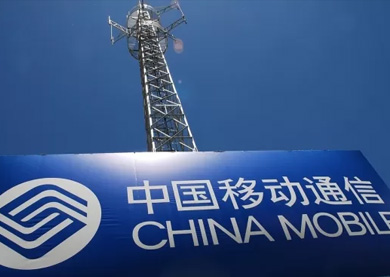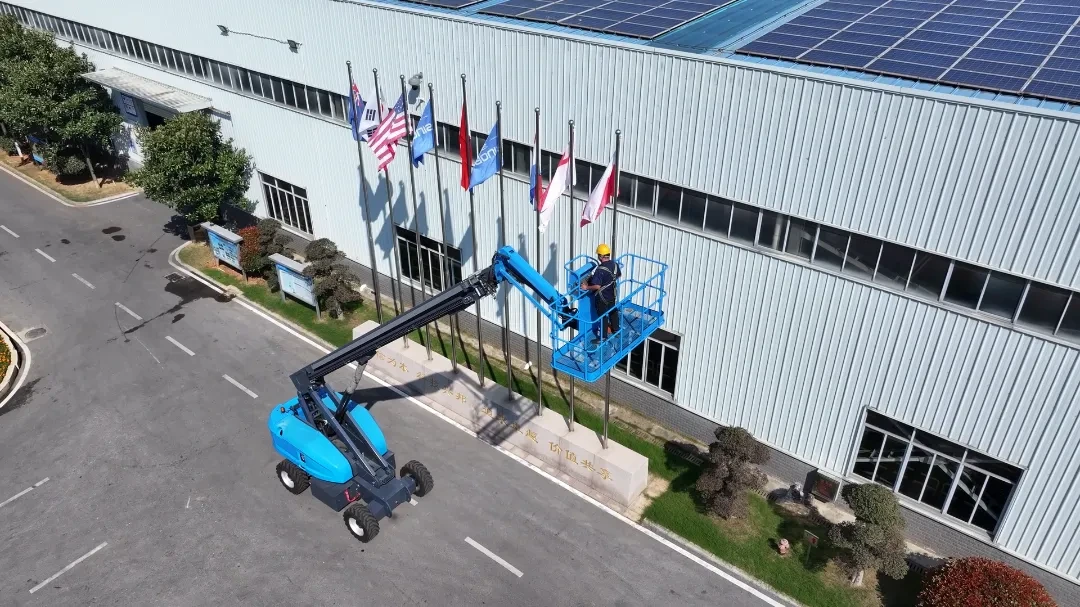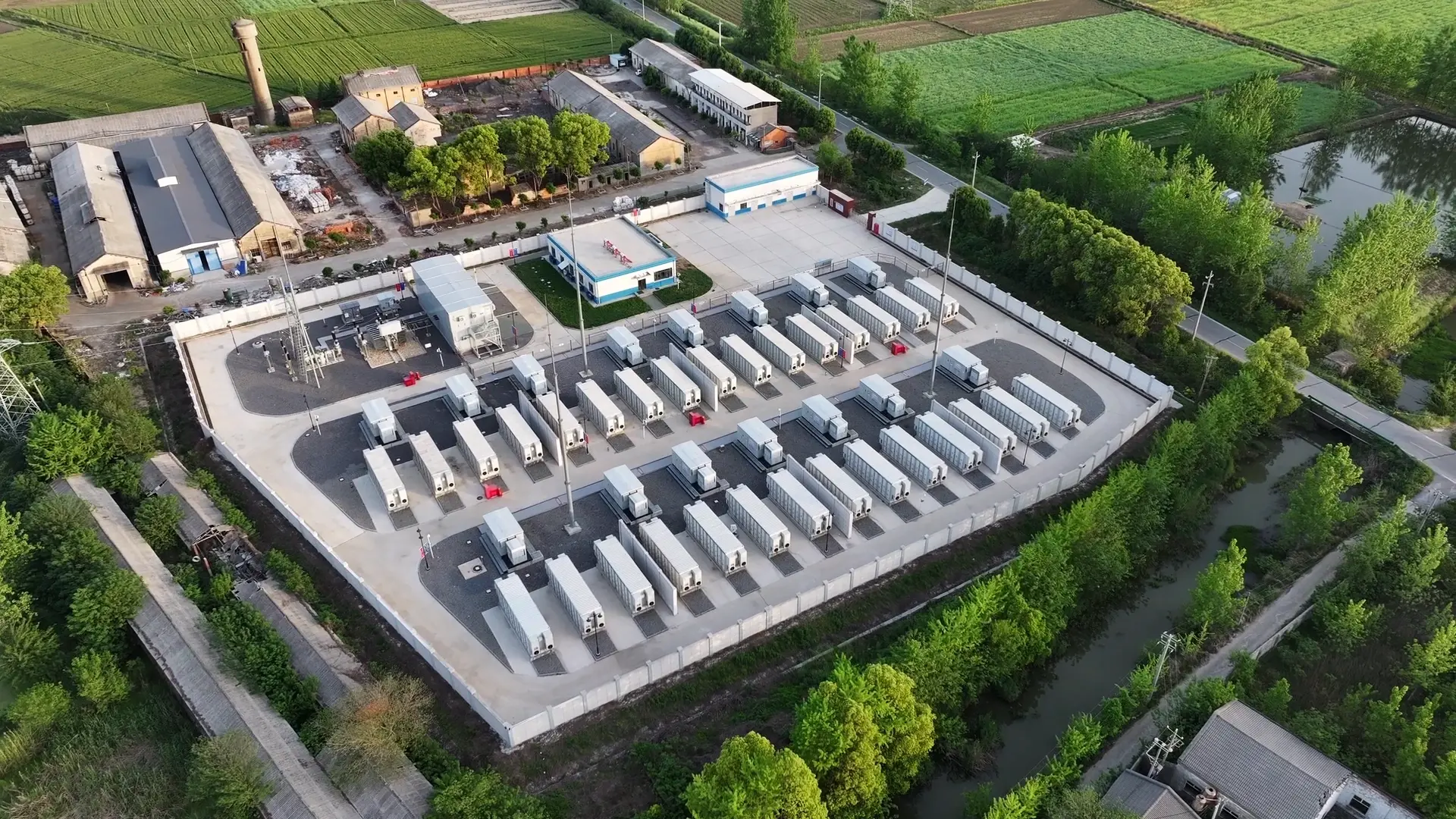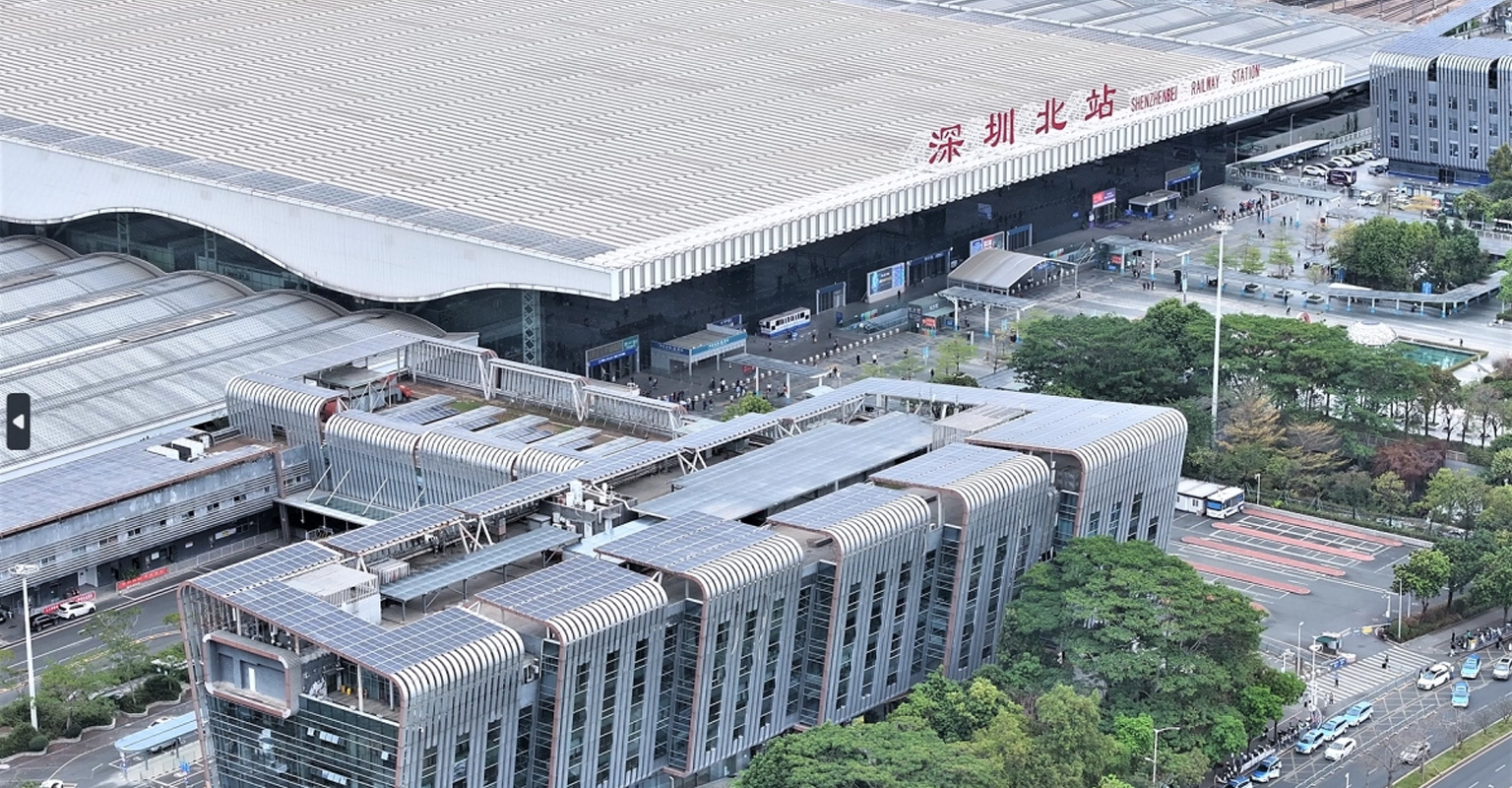Common UPS Battery Problems
1. Capacity Loss
Cause: All batteries, including VRLA UPS batteries and lithium-ion UPS batteries, naturally lose capacity over time due to repeated charge and discharge cycles. Deep discharges, frequent short power interruptions, or overloading the UPS can accelerate this degradation. Environmental factors such as high temperature can also contribute to faster capacity loss.
Signs: Shorter runtime during power outages, frequent low-battery alarms, unexpected shutdowns, or system warnings indicating reduced battery performance.
Solution: Regularly test battery capacity using battery analyzers or UPS diagnostics. Replace batteries that show significant capacity reduction to ensure reliable backup power. Maintaining proper charging protocols and environmental conditions can also slow down capacity loss.
2. Battery Swelling or Leakage
Cause: Overcharging, excessive heat, or physical damage can cause battery casing to swell or leak. This is especially common in lead-acid UPS batteries, but lithium-ion batteries may also experience swelling if overcharged or exposed to high temperatures.
Signs: Bulging battery casing, visible electrolyte leaks, unusual chemical odors, or discoloration around battery terminals. Swollen batteries may also cause the UPS cabinet door to not close properly.
Solution: Ensure proper charging settings and maintain a controlled temperature environment for the UPS system. Inspect batteries visually during routine maintenance and replace any that show signs of swelling or leakage immediately.
3. Internal Short Circuits
Cause: Manufacturing defects, aging, or dendrite formation in lithium-ion UPS batteries can lead to internal short circuits. Physical damage or contamination can also trigger shorts in VRLA batteries.
Signs: UPS fails to start, unusual heating, smoke, or strange noises coming from the battery. In severe cases, internal shorts can cause fire or irreversible battery damage.
Solution: Conduct regular inspections using thermal imaging or battery monitoring systems. Replace any battery showing abnormal heat, voltage irregularities, or physical damage to prevent critical failures.
4. High Internal Resistance
Cause: Aging, sulfation in VRLA batteries, or improper charging practices increases a battery’s internal resistance. Higher resistance reduces the battery’s ability to deliver current efficiently.
Signs: Voltage drops under load, slower recharge times, reduced UPS efficiency, or frequent low-voltage warnings during high-demand situations.
Solution: Test batteries periodically for internal resistance and ensure proper charging practices. Correct any charging or load imbalances, and replace batteries with high resistance to maintain reliable UPS performance.
5. Unequal Cell Voltage
Cause: In multi-cell UPS battery packs, cells may age at different rates or suffer from poor balancing, leading to voltage discrepancies. Unequal charging or discharging can further exacerbate this problem.
Signs: UPS alarms for battery imbalance, uneven voltage readings across cells, or unexpected shutdowns even when the overall battery voltage seems normal.
Solution: Perform regular battery balancing and replace weak or failing cells promptly. Implement a battery monitoring system to detect voltage variations early.
6. Corrosion of Terminals
Cause: Exposure to moisture, electrolyte leaks, or poor maintenance can corrode battery terminals. Corrosion increases electrical resistance and can hinder proper current flow.
Signs: White or green residue on terminals, increased resistance, slower charging, UPS alarms, or even failure to power critical loads.
Solution: Clean terminals regularly, apply anti-corrosion grease, and maintain a dry, ventilated environment. Inspect cables and connectors to ensure secure and efficient connections.
7. Environmental Factors
Cause: Extreme temperatures, high humidity, vibration, or dusty environments accelerate battery degradation. Heat, in particular, shortens the lifespan of both VRLA and lithium-ion UPS batteries.
Signs: Swelling, leakage, reduced capacity, unexpected shutdowns, or shortened battery lifespan. Batteries exposed to vibration may suffer internal damage, leading to sudden failure.
Solution: Maintain UPS systems in climate-controlled, clean environments. Avoid placing batteries near heat sources or in areas with high vibration. Using proper ventilation and temperature monitoring can significantly extend battery life.
Conclusion
Understanding common UPS battery problems and implementing quick troubleshooting measures ensures reliable power backup for critical systems. Whether you use VRLA UPS batteries or lithium ion UPS batteries, proper maintenance, monitoring, and timely replacement are key to avoiding downtime and protecting your equipment. You can check the Maintenance Needs of VRLA and Lithium-ion UPS Batteries, and get more tips for proper maintenance for UPS batteries.




























 2025-08-22
2025-08-22 Name
Name Tel
Tel Email
Email Country
Country Company
Company Information
Information